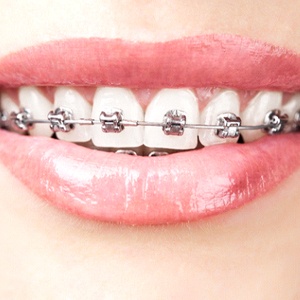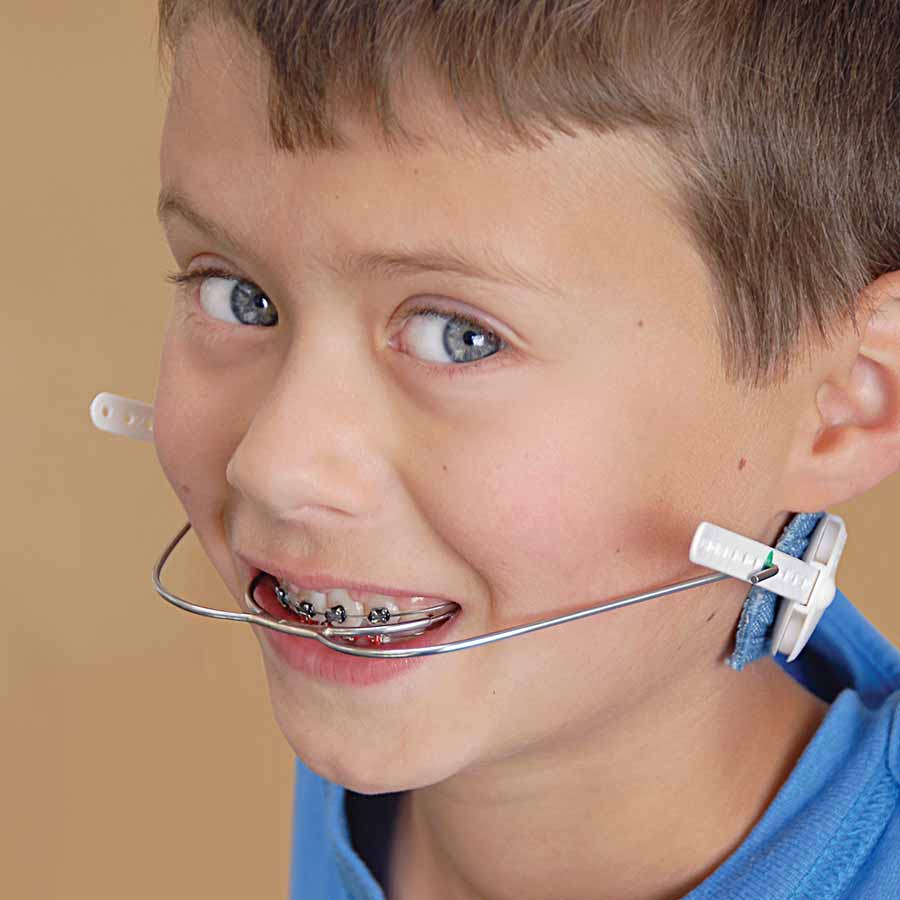Comprehensive Guide to Orthodontics Treatments for Fixing Oral Imbalances
In the world of orthodontics, the journey to accomplishing a flawlessly aligned smile entails a myriad of procedures customized to remedy dental imbalances. From traditional dental braces to unnoticeable aligners and even surgical choices, the field of orthodontics provides a series of services to resolve differing levels of dental abnormalities. Understanding the ins and outs of each treatment, including their systems, advantages, and possible downsides, is crucial in making notified decisions regarding one's orthodontic therapy. As we navigate with the detailed overview to orthodontic procedures for fixing dental misalignments, the elaborate details of each technique will unfold, shedding light on the path toward a harmonious and functional oral placement.
Orthodontic Procedures Review

Along with typical braces and clear aligners, orthodontists might likewise advise other interventions like headgear, palatal expanders, or retainers to address particular alignment concerns (cumming invisalign). These procedures are customized to each person's special requirements and may involve a combination of therapies to achieve the desired results. Regular changes and monitoring are vital parts of orthodontic therapy to guarantee development is on track and to make any required alterations along the road. By going through orthodontic procedures, individuals can not only attain a straighter grin however likewise improve their total dental wellness and feature.
Typical Braces: Just How They Function
When taking into consideration orthodontic therapies for oral misalignments, conventional braces stick out as a time-tested technique for remedying teeth positioning. Typical dental braces include braces, cords, and bands that work with each other to use continuous pressure on the teeth, gradually relocating them right into the wanted alignment. The braces are connected to the teeth utilizing a special adhesive, and the cords are threaded via the brackets. By readjusting the tension of the cables, orthodontists can regulate the instructions and force put on each tooth, directing them right into appropriate alignment in time.
As stress is used to the teeth through the dental braces, the bone bordering the teeth is improved to support the new tooth settings. Clients will certainly require routine modifications at the orthodontist's workplace to make sure the braces proceed to use the right pressure for efficient teeth movement.
Undetectable Aligners: Advantages And Disadvantages
Undetectable aligners use a very discreet and hassle-free alternative to traditional dental braces for fixing oral imbalances. These clear, tailor-made trays are practically unseen when put on, making them an appealing alternative for people looking for a much more visually pleasing orthodontic treatment. One of the primary advantages of invisible aligners is their removability, enabling less complicated maintenance of dental health contrasted to standard braces. Clients can remove the aligners prior to eating or cleaning their teeth, minimizing the danger of food getting stuck in the home appliance and simplifying the cleansing procedure.

Surgical Orthodontic Options
Surgical treatments in orthodontics present practical alternatives for dealing with intricate dental misalignments that may not be successfully fixed with standard orthodontic treatments. While conventional braces and invisible aligners can deal my sources with several orthodontic problems, particular cases need surgical treatment to accomplish optimum outcomes. Surgical orthodontic alternatives are generally recommended for serious malocclusions, considerable jaw disparities, and instances where the underlying bone framework needs modification to accomplish proper alignment.
One typical surgical orthodontic treatment is orthognathic surgical treatment, which includes rearranging the jaws to fix useful concerns such as problem chewing or speaking. This surgical treatment is usually done in collaboration with an orthodontist that helps line up the teeth prior to and after the procedure. Surgical orthodontics might likewise entail procedures to reveal influenced teeth, eliminate excess periodontal tissue, or reshape the jawbone to develop a more unified facial profile.
Before thinking about surgical orthodontic alternatives, individuals undergo a comprehensive examination to figure out the requirement and possible benefits of such interventions. cumming orthodontics. While surgical treatment may appear difficult, it can significantly improve both the feature and appearances of the smile in situations where traditional orthodontic treatments fail
Retainers and Post-Treatment Treatment

Failure to comply with post-treatment treatment directions can result in relapse, where the teeth slowly relocate back towards their initial positions. Constant retainer wear, excellent dental hygiene, and normal oral exams are necessary for preserving the outcomes achieved through orthodontic surgery and guaranteeing the long-lasting stability of the dealt with dental placement.
Conclusion
Finally, orthodontic procedures supply various alternatives for correcting dental imbalances. Standard dental braces use steel braces and cables to change teeth into proper placement. Unseen aligners offer a more very discreet alternative but might not appropriate for all cases. Surgical orthodontic choices are offered for much more serious imbalances. Retainers are commonly made use of post-treatment to maintain the brand-new positioning. Overall, orthodontic procedures can properly boost dental wellness and visual appearance.
As we browse through the detailed overview to orthodontic procedures for dealing with oral misalignments, the complex details of each approach will unfold, dropping light on the path towards a unified and functional oral placement. - orthodontist
One of the most common orthodontic treatments is the usage of braces, which consist of steel braces and cords that apply mild pressure to progressively shift teeth into the preferred position.When considering orthodontic treatments for oral imbalances, traditional dental braces stand out as a time-tested technique for dealing with teeth positioning. In addition, undetectable aligners might not be suitable for complex orthodontic issues that need even more considerable teeth movement, as they are commonly recommended for mild to modest situations. Retainers are personalized orthodontic devices developed to hold teeth in their fixed placements after the completion of orthodontic treatment.